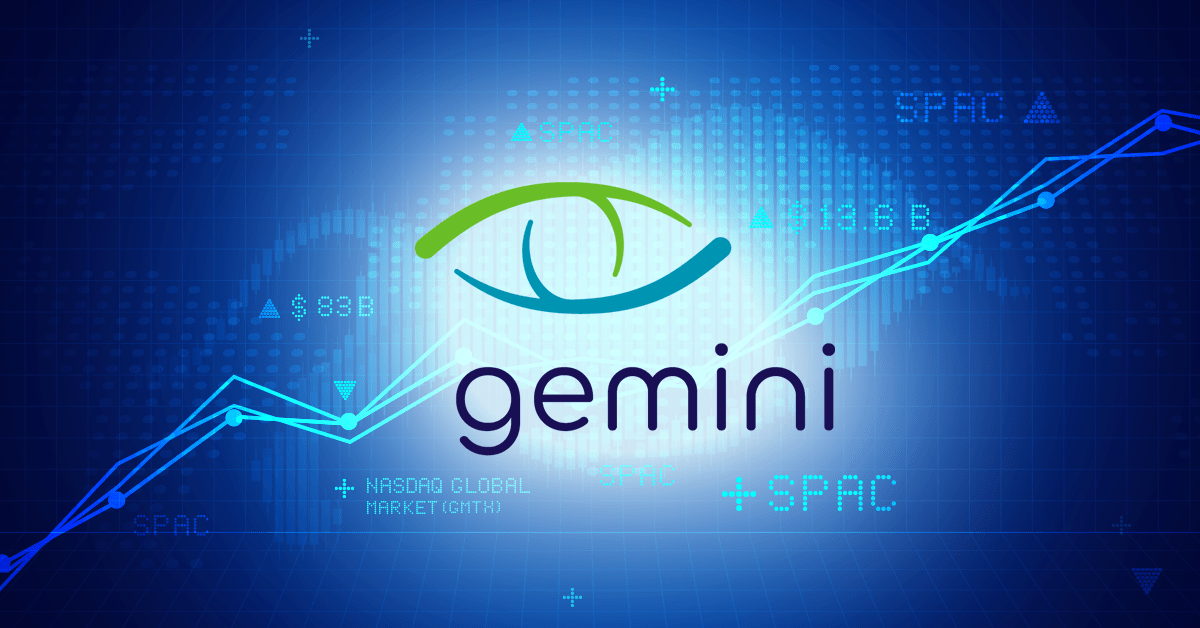What’s a SPAC? A Route to Public Markets for Gemini Therapeutics

Gemini Therapeutics, a biotech company with a focus on precision medicine for ocular and renal disease, started trading last month on the Nasdaq Global Market (GMTX), becoming one of the latest life sciences companies to merge with a special purpose acquisition company (SPAC), which are all over Wall Street these days.
SPACInsider reports that last year SPACs raised about $83 billion in gross proceeds – way up from the $13.6 billion they raised in 2019. SPACs aren’t new, but they have become more popular in recent years, particularly in healthcare, a space in which the number of SPAC deals climbed from two in 2019 to 22 in 2020, reports Matt Wolf of The Real Economy Blog.
What’s a SPAC?
A SPAC is formed specifically to raise capital through an initial public offering for the purpose of acquiring an existing company. Investors typically have an interest in a particular sector, but they don’t know what they’ll be investing in. Funds raised can’t be disbursed except to complete an acquisition or to return the money to investors if the SPAC doesn’t complete a deal in two years.
While SPACs have advantages for smaller companies, including a higher sale price, SPAC deals aren’t all small potatoes. Virgin Galactic merged with a SPAC in 2019 in a deal valued at $800 million.
The Gemini SPAC Merger
Gemini merged with FS Development Corp. (FSDC), a SPAC sponsored by Foresite Capital. Gemini raised about $216 million through a combination of funds held by FSDC and private investment in public equity (PIPE). In January Foresite announced that it had raised $969 million in a new fund for healthcare start-ups.
Gemini CEO Jason Meyenburg, MBA, said the merger allowed the company to enter the public market despite uncertainty. Would the biotech market stay hot? How will the market change under the current administration? The cachet of Foresite Capital made FSDC a natural choice.
“We immediately saw their interest in our story,” Meyenburg said. “They brought in savvy healthcare investors that we would have targeted for an IPO anyway. Foresite was an A-list SPAC in our book.”
Allure of Gemini’s Pipeline
Gemini’s pipeline made it an attractive target for Foresite. Funds from the merger will allow Gemini to advance its lead program, GEM103, a candidate for dry age-related macular degeneration (AMD).
GEM103, which received Fast Track designation from the Food and Drug Administration in January, is a recombinant protein aimed to treat a subset of dry AMD patients with a complement factor H (CFH) gene mutation. About 40% of dry AMD patients have this genetic variant, which is linked to progression from early- to late-stage geographic atrophy.
The mutation leads to the exaggerated immune response present in AMD. GEM103 augments CFH activity by inhibiting its negative effects (immune response) while keeping its beneficial effects, which include clearing cell debris and repairing oxidative damage.
“Historically, we treat AMD with anti-VEGF inhibitors,” said Meyenburg. “They inhibit CFH but don’t bring you back to homeostasis.” GEM103 would restore that stability.
Phase IIa Trial
Gemini recently completed enrollment in the Phase IIa ReGAtta study, a dose-escalation study of GEM103. The study will investigate safety and tolerability, explore ocular biomarkers, and measure retinal anatomy and function. Meyenburg said the company expects to have top-line data in Q2.
Also in early February, Gemini announced enrollment in a Phase IIa trial in wet AMD to investigate GEM103 as an add-on to anti-VEGF therapy in patients at risk for progressive vision loss due to geographic atrophy. The therapy may slow the atrophy so patients can continue with their anti-VEGF treatments.
